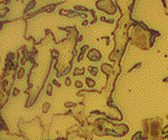博客档案
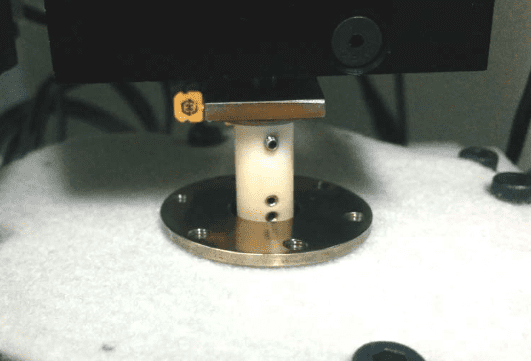
Thermomechanical Analysis of Solder Using Nanoindentation
Solder joints are subjected to thermal and/or external stress when the temperature exceeds 0.6 Tm where Tm is the melting point of the material in Kelvin. The creep behavior of solders at elevated temperatures can directly influence the reliability of solder interconnections. As a result, a reliable and quantitative thermomechanical analysis of the solder at different temperatures is in need. The Nano module of the Nanovea Mechanical Tester applies the load by a high-precision piezo and directly measures the evolution of force and displacement. The advanced heating oven provides a uniform temperature at the tip and sample surface, which ensures measuring accuracy and minimizes the influence of thermal drift.
Thermomechanical Analysis of Solder Using Nanoindentation
Here are examples of materials we tested this month:
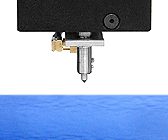
Mechanical:
• Nanoindentation & scratch of thin teflon films
• Nanoindentation & Macro scratch of DLC coatings
• Microindentation ultimate tensile strength on various nickel alloys
• Micro scratch test of bio coatings
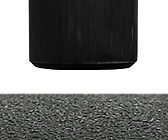
3D Non-Contact Profilometry:
• Roughness of precision machined components
• Texture of textile samples
• Coplanarity of ball grid arrays
• Volume loss of dental samples
• Flatness measurement of micro seals
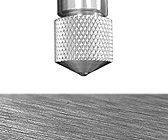
Tribology:
• Wear resistance of hard polymers
• Wear resistance of firearm parts
• High temperature fretting of engine parts
• Stribeck Curve of lubricants
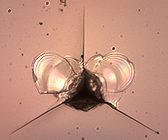
Mechanical Properties of Smartphone Glass
In this study, the Nanovea Mechanical Tester is used to perform a comprehensive study of the tribo-mechanical
properties of a smartphone lens, including the hardness, Young’s modulus and fracture toughness as well as scratch and wear resistance, in order to showcase the versatility and accuracy of the Nanovea Mechanical Tester in glass sample testing.
